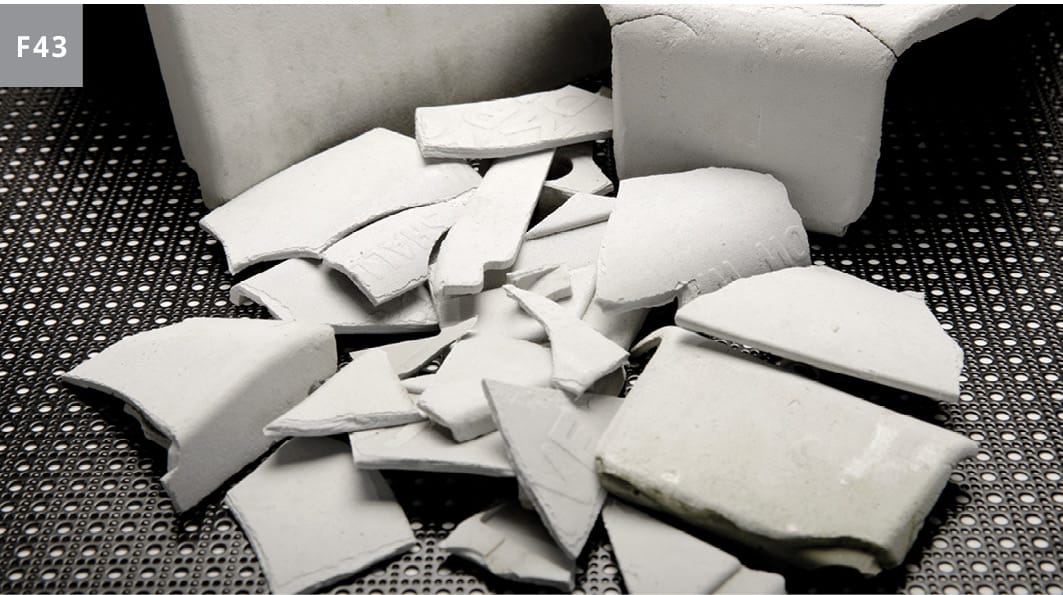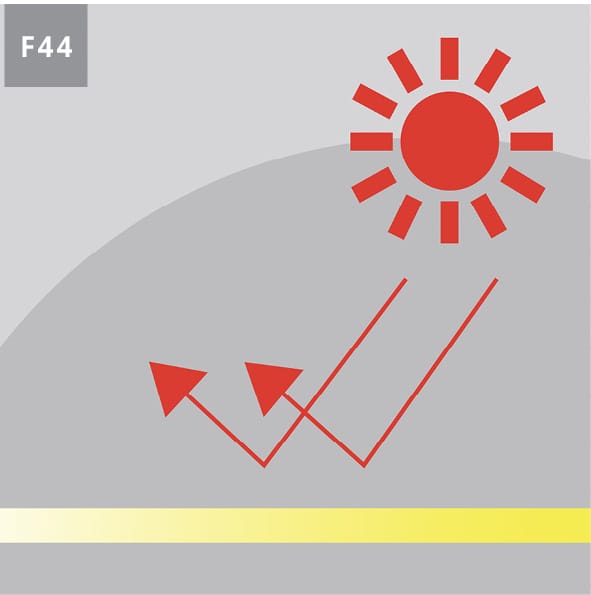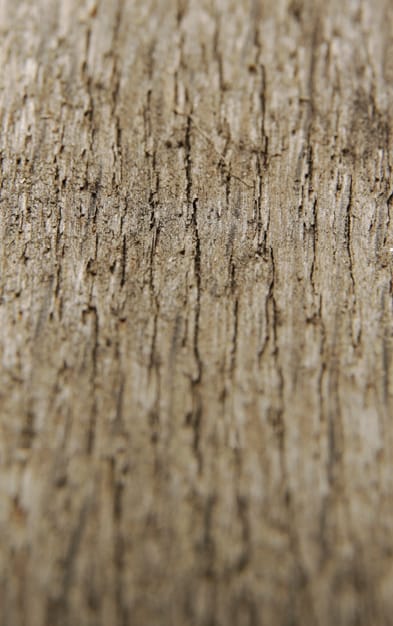2.2.3.5 UV Resistance and Stability Under UV Light
UV radiation, which consists of photons with high energy relative to visible light, can cause degradation in the form of physical and chemical changes in materials. UV radiation will affect susceptible materials that are intended for use and storage outdoors and are, thus, exposed to sunlight.
Metals, which are good conductors of electricity and heat, also interfere with electromagnetic radiation. Metals are almost entirely unaffected by UV radiation and can therefore be considered impervious to UV degradation.


Polymers and elastomers are almost always electrical insulators and poor conductors of heat. Since most polymers and elastomers consist of covalently bonded organic constituents, most are susceptible to UV damage. The most prevalent type of UV damage to polymers and elastomers is breaking long chains into shorter ones through the direct action of high-energy photons.
This process reduces the molecular weight of a polymer and almost always results in the degradation of physical properties, such as strength and ductility, and the degradation of aesthetic properties, such as colour and texture. Some familiar examples of UV-induced polymer degradation are the yellowing and chalking of PVC pipes, fading colours on signage and posters, and the chalking and embrittlement of insulation wires. Some polymers withstand UV exposure better than others. Polyolefins, such as PE, are often selected for external applications where UV radiation is expected. Fluoropolymers, like PTFE (Teflon) and FEP (Fluorinated ethylene propylene), demonstrate excellent UV resistance and are almost always used for wire insulation on UV lamps or in UV equipment.
In glass, the dominant mechanism of UV degradation in fused silica is related to impurities that are inevitably present in the glass. Freed electrons can form ‘colour centres’ and cause a reduction of UV transparency in the glass over time, called solarisation.8 Typically, over regular design life expectancies, glass is resistant to UV and is utilised for its resistance and transparency.
8) Chris Rockett, LightSources, Inc., ‘UV Degradation Effects in Materials – An Elementary Overview,’ UVSolutions (2019), accessed May 7, 2021.

Natural wood exposed to UV radiation undergoes rapid colour changes and breakdown of wood polymers in the surface layer. The combined effect of UV radiation and other environmental agents such as water and temperature, described as weathering, severely affects the life of timber in external applications. The colour stability of natural wood to light exposure is also an important issue from an aesthetic viewpoint. To ensure long life, wood substrates are usually coated with various decorative and protective finishes, such as paints, transparent finishes and varnishes.9
The simplest method for preventing the UV degradation of an object is to protect it with a barrier that is impenetrable to UV radiation, known as shading or shielding. When a physical shade is not possible, the alternative is to apply a coating or paint that absorbs or reflects UV.
Designs that minimise UV exposure or rely solely on a UV-resistant material for all exposed surfaces will ensure the performance of the selected material and joining method under long-term UV exposure. Appropriate material selection will also prevent degradation and reduce the risk of embrittlement/softening (depending on the substrate in question) and negative aesthetic impact, which may result in premature failure or the rejection of products and manufactured goods.
9) Jayashree Salla, Krishna K. Pandey, Kavyashree Srinivas, ‘Improvement of UV resistance of wood surfaces by using ZnO nanoparticles,’ Polymer Degradation and Stability, 97, no. 4 (2012).

